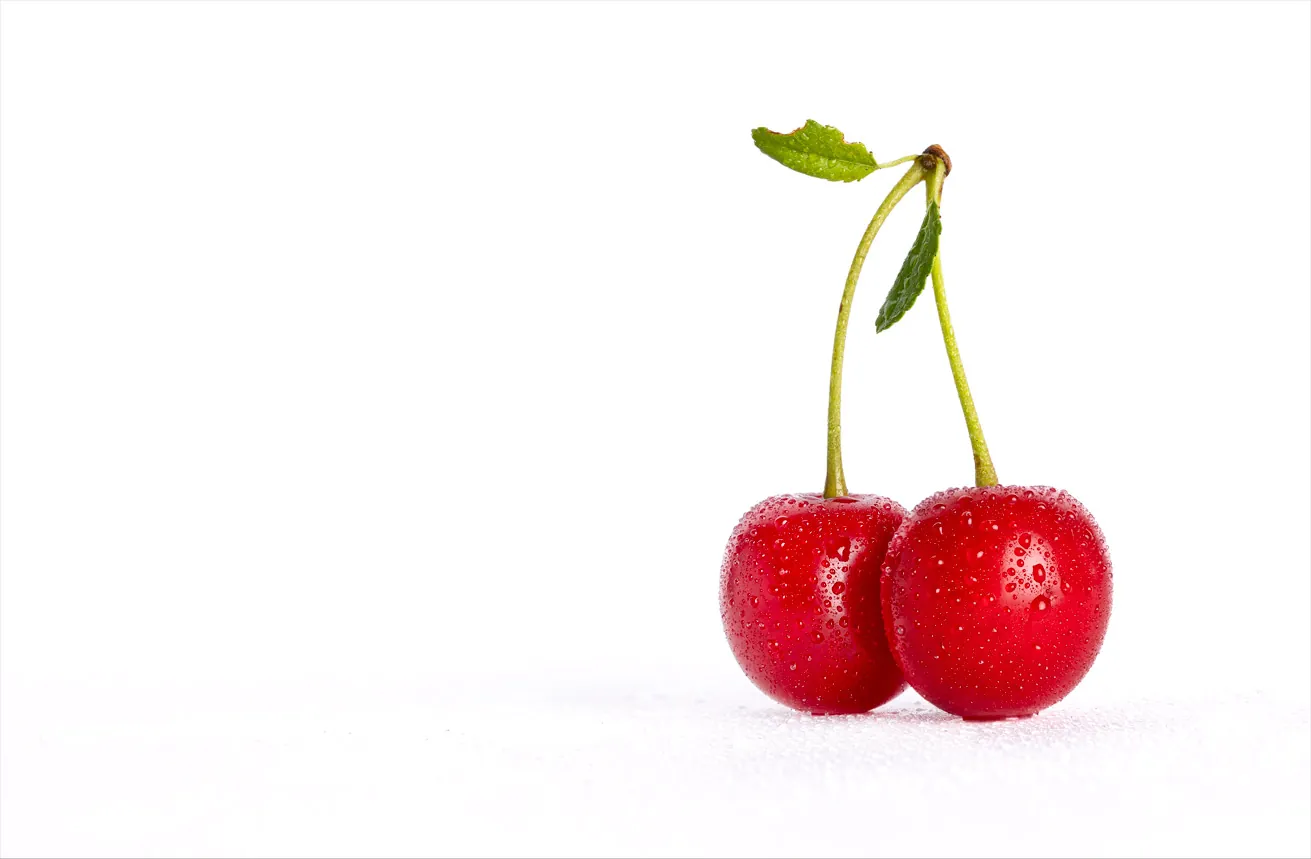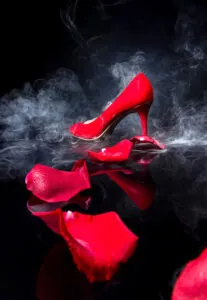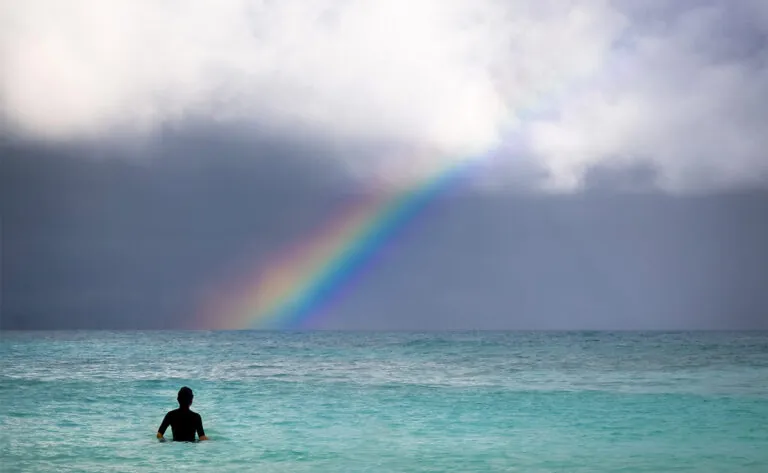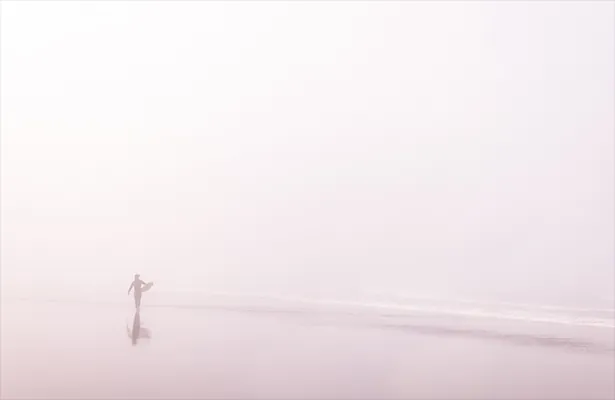Why We Love Red: The Color of Passion, Power, and Healing in Art

Ever since I was a kid, I’ve been drawn to the color red.
Red Skittles, red candy, red shirts, red shoes; if it came in red, I wanted it. Even my wedding flowers were red roses. There’s something about red that just speaks to me. It’s bright, bold, and alive. It commands attention without even trying.
But why does red have this kind of power over us? Why does it stand out so much in art, photography, and even our memories?
Let’s dive into what makes red in art so irresistible: emotionally, physically, and spiritually.
Releasing Suppressed Emotions
Red is a color of truth. It doesn’t whisper, it shouts what’s been held inside.
In art therapy, people who are drawn to red are often working through strong emotions like:
- Anger or frustration
- Passion and love
- Deep grief or loss
Because red is so intense and unapologetic, it gives us permission to express freely. You don’t need words to release what you feel, just paint, photograph, or create with red. Even an abstract splash of crimson can become a powerful emotional release. For example, I feel alive everytime I am blessed with a red sunset.
I believe, that If you’ve ever felt calmer after throwing red paint on a canvas or capturing a red sunset through your lens, that’s your inner voice finally getting space to breathe.

Emotional and Physical Energy
Red doesn’t just look energetic — it is.
Science shows that red literally raises your heart rate and wakes up your senses. That’s why it’s used in stop signs, sports logos, and even restaurant interiors. It grabs attention and creates urgency.
For artists and photographers, this makes red an incredible storytelling tool. A single red detail from a cherry, a flower, a high-heel shoe, can make your work feel alive. Red adds pulse and rhythm to an image. It reminds us that art isn’t just visual, it’s emotional and physical too.
Symbolism and Meaning
Red is one of the most meaningful colors across cultures and time periods. It’s the color of:
- Love and passion (romantic or divine)
- Courage and strength
- Sacrifice and martyrdom
- Life and fertility
What makes red so fascinating is its duality. It can mean love or danger, creation or destruction. It carries both tenderness and power, depending on how it’s used. I have always found this duality fascinating and mysterious. Perhaps it is one of the reasons that I am so drawn to its colour.
That’s why red in art feels timeless. It tells stories of the human experience: from the fire of first love to the pain of loss, from battlefields to wedding altars.
Contrast and Composition
From a technical point of view, red is magic.
I have recently learned that red has the longest wavelength of all visible colours, so it literally appears closer to the viewer. That’s why a red object always seems to pop out from a photo or painting.
Artists use this effect to create depth, tension, or balance in a composition. A red accent in an otherwise cool-toned image, say, a red umbrella on a gray rainy street becomes the natural focal point. It tells the viewer where to look and what to feel.
So next time you’re editing or painting, try adding a touch of red! Not everywhere, just where you want the energy to live.
Emotional Memory and Personal Connection
Red connects to memory as well. It’s the colour of sunsets, roses, and warmth. It’s the colour of childhood candy and meaningful moments.
Finally, for many artists, red carries identity, it reminds us who we are and what we feel.
When you use red in your art, you’re not just adding colour. You’re adding a heartbeat. You’re telling the world, “I’m here. I feel. I’m alive.”
In the End…
Red is more than a colour, it’s an experience. It awakens emotion, energizes creativity, and heals through honest expression. Whether it’s a single red cherry in a photo or a bold stroke on a canvas, red invites us to feel deeply and live fully.
So maybe it’s no coincidence that my favourite colour has always been red.
It’s the colour of life itself, and in art, that’s exactly what we’re trying to capture.
If you want my reflections on the colour white, I invite you to read my other blog post.






